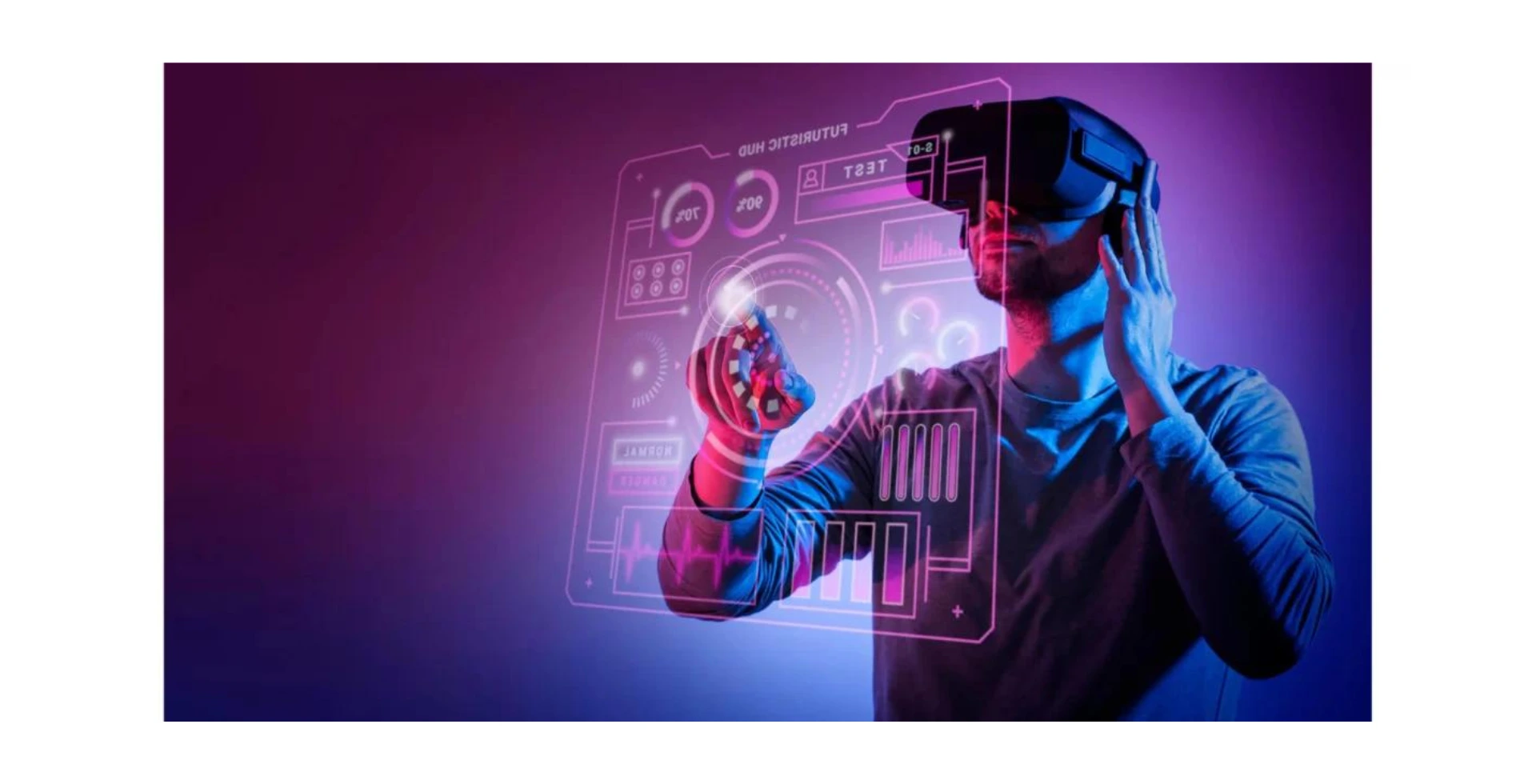
Demystifying Web 3.0: Understanding the Key Differences from Web 2.0
The Internet has come a long way since its inception, […]
The Internet has come a long way since its inception, and with each era, it has evolved significantly. We have heard the terms Web 1.0, Web 2.0, and now, Web 3.0. In this blog, we will delve into the differences between Web 2.0 and Web 3.0, exploring the technologies and concepts that shape these distinct phases of the Internet’s evolution.
What Was Web 2.0?
Web 2.0, often called the “Social Web” or the current state of the Internet, marked a significant shift in how people interacted with the Internet. It emphasized user-generated content, ease of use, participatory culture, and interoperability for end users. Several key features characterized it:
User-Generated Content
Web 2.0 platforms like social media and blogs opened the doors for content creation and sharing for the users. Unlike its previous version, this gave rise to a culture of user-generated content.
Interactivity
Websites became more interactive and responsive, offering features like comments, likes, and shares. This encouraged user engagement. It was easy to engage users with the websites with the help of such features.
Collaboration
Web 2.0 encouraged collaboration and sharing of information among users. Services like Wikipedia exemplify this collaborative spirit. Users from all over the Internet could provide information and edit content on some open websites by sharing their latest insights on the topic.
Rich User Experience
Technologies like AJAX enabled dynamic, responsive web applications, providing a richer user experience. Additional traits, such as openness, freedom, and user participation-based collective intelligence, can also be seen as fundamental components of Web 2.0.
The Emergence of Web 3.0
Web 3.0, often dubbed the “Semantic Web” or the “Decentralized Web,” represents the next stage of Internet evolution. It provides users access to documents, applications, and multimedia online. Here are the key differences that set it apart from Web 2.0:
Semantic Web
Web 3.0 aims to make web content more understandable by machines. Data is structured so computers can comprehend it, enabling more sophisticated searches and data analysis. The Semantic Web seeks to connect information in a meaningful way.
Decentralization
Unlike the centralized nature of many Web 2.0 services, Web 3.0 leans towards decentralization. Blockchain technology plays a pivotal role in decentralizing data, enabling trust without intermediaries.
Machine Learning and AI
With Web 3.0 the power of artificial intelligence and machine learning can be connected. This allows for personalized content recommendations, natural language understanding, and automation of tasks.
Virtual Reality (VR) and Augmented Reality (AR)
Web 3.0 incorporates immersive technologies like VR and AR, providing users with more interactive and immersive experiences. New standards for Web 3.0 in 3D, including web VR, web AR, and web XR (mixed reality), have been established because of the development of virtual and augmented reality technology.
Digital Ownership
With blockchain technology, users have actual ownership of digital assets. This has implications for digital currencies, collectibles, and even real estate transactions.
Web 2.0 vs. Web 3.0: A Comparison
Data Ownership
In Web 2.0, data ownership often lies with centralized platforms. In Web 3.0, users have greater control over their data. With HTTP in distinct web addresses, Web 2.0 searches for data in a fixed location, typically on a single server. Conversely, Web 3.0 decentralizes ownership by distributing it among many people.
Interoperability
Web 2.0 platforms and apps are categorized, which results in a fragmented user experience and makes it challenging to access and transfer data between them. Using shared standards and protocols, Web 3.0 seeks to address this. Web 3.0 emphasizes interoperability between platforms and services, fostering a more connected digital ecosystem.
Trust and Security
Bringing people together around the data they were interested in was Web 2.0’s primary objective. Due to its well-known decentralization, Web 3.0 unites this data in meaning while raising confidence in information. Blockchain technology enhances trust and security in Web 3.0 through its transparent, tamper-resistant ledger.
Personalization
Bringing people together around the data they were interested in was the core objective of Web 2.0. Because of Web 3.0’s well-known decentralization, this data combines meaning while boosting trust in information. Web 3.0 provides highly personalized experiences thanks to AI and machine learning.
Web 3.0 represents a transformative phase in the Internet’s evolution. Decentralized data, semantic understanding, and immersive experiences characterize it. Understanding these differences between Web 2.0 and Web 3.0 is crucial for businesses and individuals looking to navigate the ever-changing digital landscape. Embracing these changes can unlock new possibilities and opportunities in the digital realm.



